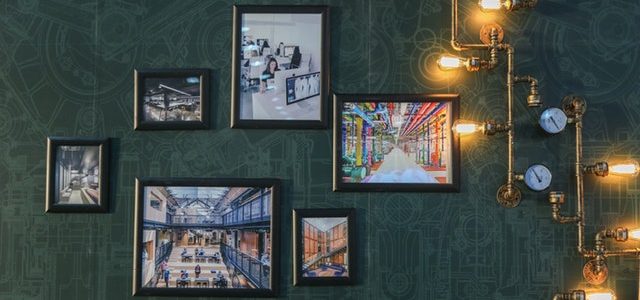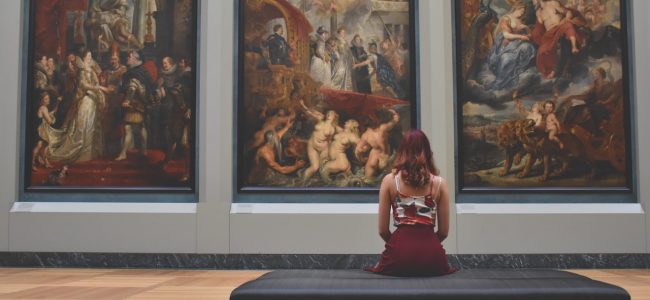
Just as art in any form from any given society’s culture, the culture of the society is the mirror and outcome of the art.
The Use of the Art in Promoting Society
As the arts are a reflection of almost any society’s culture, the culture of the society – conversely – is your mirror and result of the arts. The synonymous relationship between the arts, as a cultural significance given to people, along with the overall population which interacts with and embodies these values need to perpetually grow upward rather than deviating, even slightly, downwards. Not just with regard to heightening the respect and preference to aesthetic beauty, but also on other degrees like revering the value of morality, merit, science, and all of the additional values representing the backbone of their achievement and growth of any modern civilized society. Accordingly, the function of artists in most categories: literary arts, singing and music, drama, photography (wedding photos) and poetry has to grow to become an influentially favourable element that supports and pushes this synonymous relationship upward rather than, especially since the vast majority of artists compose the cream of society and therefore are respected and admired by the general public. In fact, an average people’s infatuation with performers generally places a higher responsibility on their shoulders to function as role models directing societies towards ethnic edification and improvement.
The Effects of the Evolution of Digital Technology on the Arts
Contemporary art was significantly affected by the rapid advancement in electronic technology and from the astonishing progress in the debut of new, more appealing and tougher stuff that artists may utilize. These two inventions have expanded horizons of imagination and opened fresh artistic frontiers. They also have enabled contemporary artists to decrease time spent on the actual implementation of art to a minimum thereby freeing them to concentrate more on contemplation, imagination and creating revolutionary ideas, in addition to sound preparation for art. If an artist is operating as part of a company they may make the use of a mobile quality management system to make sure what is being produced is of the highest quality.
The Negative Hazards of the Effect of Technology on Actors
The extensive selection of alternatives available to artists via new technologies might occasionally have a dangerously negative impact just because they offer you the artists way of saying they imagined were possible. Faced with myriad alternatives, the artist might be overwhelmed, confused and puzzled and those feelings are promptly reflected in their functions. Their art might become more and more insistent and devoid of creativity or soul. Thus, the fire of imagination dies out along with the wave of inspirational revelation recedes along with also the building blocks of creativity freezing in the base of the artist’s mind, as they slowly dwindle their worker productivity, transforming into a shallow subjective interpretation of a constellation of technological capacities, devoid of any creative material.
The Human Touch
Digital technology and contemporary methods have had the most powerful effect on the craft of drawing and painting. Before, drawing and painting depended upon the artist’s abilities in wielding their conventional tools – the brush, the pen, charcoal or pastels. The artist, through traditional and calculated measures, were in charge of the density of colour, the levels of the various colours, the precision or abstraction of the work of art. Artists nowadays, on the other hand, work with clicks of their mouse, video programs and electronic colours, which if they apparently mimic old conventional tools connected to functionality, are still radically different concerning the use and design techniques and into the capacity to accomplish the desired artistic effect out of these. There’s not any doubt that the individual touch at the classical school of painting had a significant influence on the form of the painting and also the impact of these tools, especially once an artist used their palms to put the particular effects and rolls her or his work. Today’s modern technologies has, however, reduced the demand for the individual artistic touch in favour of a huge selection of varied and various instruments, each of which can be a mechanism which provides access to a much larger pair of tweaking and tuning options which open up infinite horizons for artists to express themselves creatively and correctly, to the level. A cloud management system allows artists to make sure their work gets paid accordingly without them having to worry about a physical copy but rather this paperless system. This stet of unlimited alternatives available to this artist has attained such a level that computer-oriented artists occasionally inadvertently create magnificent masterpieces by mere chance. Consequently, art upon conclusion may emerge radically different from the artist’s original conception of the painting.
The New Challenge
Possessing this huge amount of skills and tools have to be accompanied by an exhaustive and in-depth understanding of every detail of those tools and their abilities, in order to permit the artist to successfully interpret all their dreams and imagination through the designated instrument, together with the quickest and shortest way possible, a business coach may be a unique perspective and objective view of what the artist may be thinking.
To put it differently, artists these days are presented using a gateway to an imagination that’s complex and complicated, complete with a huge number of processes, and so artists will need to hone their abilities and comprehend these techniques well to be able to maximize the capabilities they provide. Regardless of the struggle, the artist has to once more become master of those enormous instruments and techniques to ensure that they eventually become the implementation tools by which they engage their vision and imagination and so the final outcome actually reflects their character.
In summary, there’s absolutely no question that modern artists are confronting increasingly more complicated and complex challenges to presenting identifying art on the surface of recent technological improvements that have expanded and diversified the art world. Certainly, artists now find it even more difficult than ever to exhibit original and innovative ideas, with top wedding photographers in Melbourne competing against each other for originality in capturing someone’s special day. They will need to employ themselves and extend their creativity to be successful. In addition, the gain in the condition of tension that normally surrounds us is now today the most powerful force, has one of the most powerful impacts and also is the main motivator for artists to drive themselves motivating them to keep their creative jobs without quitting.

